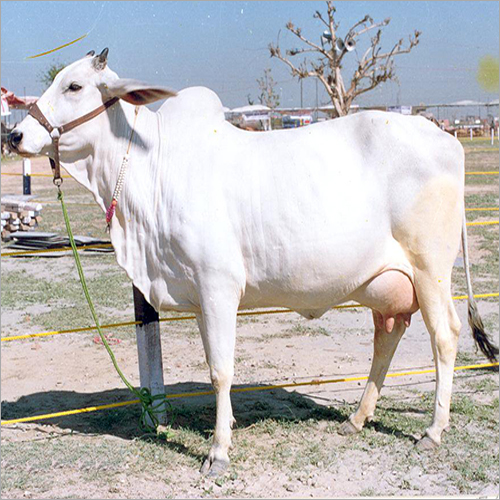

“The plans adopted today show that listening to and working with our neighbors at the state and local levels of government is the key to long-term conservation and to ensuring the viability of local communities across the West,” he said in a statement. “People will try to get the best possible deal.”Īcting Interior Secretary David Bernhardt framed the revisions as returning decision-making power to the states. Western governors of both parties warned the administration not to undo the 2015 policies, but, when it became clear that the Interior Department would undo the agreement, these states got what gains they could, said Boise State political science professor John Freemuth. The Trump administration’s changes weaken or cut entirely protections on about three-quarters of the nearly 70 million acres protected under the original plan, opening up oil and gas drilling on sage grouse habitat. A landmark conservation effort, the Obama administration’s sage grouse management policy package was a compromise between federal regulators, state officials, industry interests and conservation groups to both allow continued energy development and save the dwindling bird. This wasn’t how things were supposed to work under the 2015 plans. “We think it’s the best way to go, to get state-specific” on sage grouse conservation, said Jim Lawrence, deputy director at Nevada’s Department of Conservation and Natural Resources.



State policymakers worry about cuts to sage grouse protections across the region, but note that, in some cases, the rollback allows states to make more targeted conservation efforts. Gavin Newsom has yet to comment publicly. Steve Sisolak - said they support the revisions, even as Democratic members of Congress decried the changes. Four of the seven states impacted by the newly-released policies are led by Democratic governors, three of whom - Colorado Gov.


 0 kommentar(er)
0 kommentar(er)
